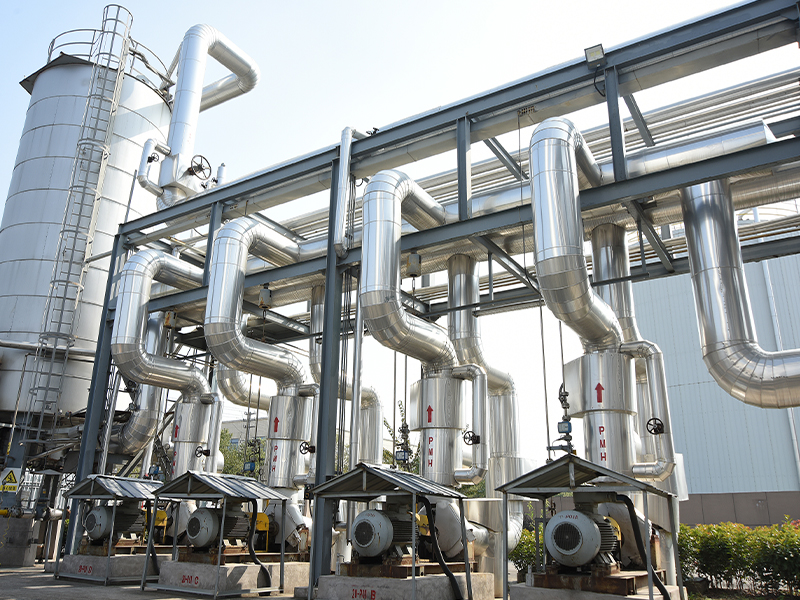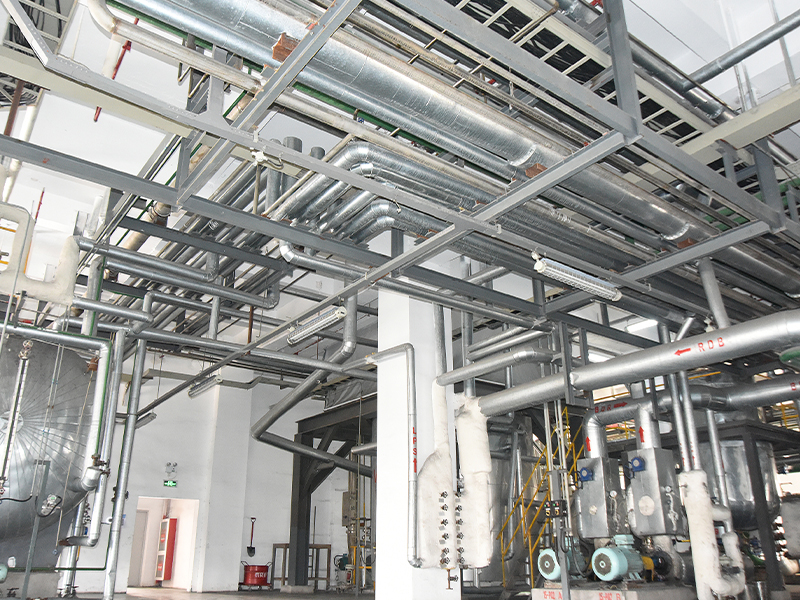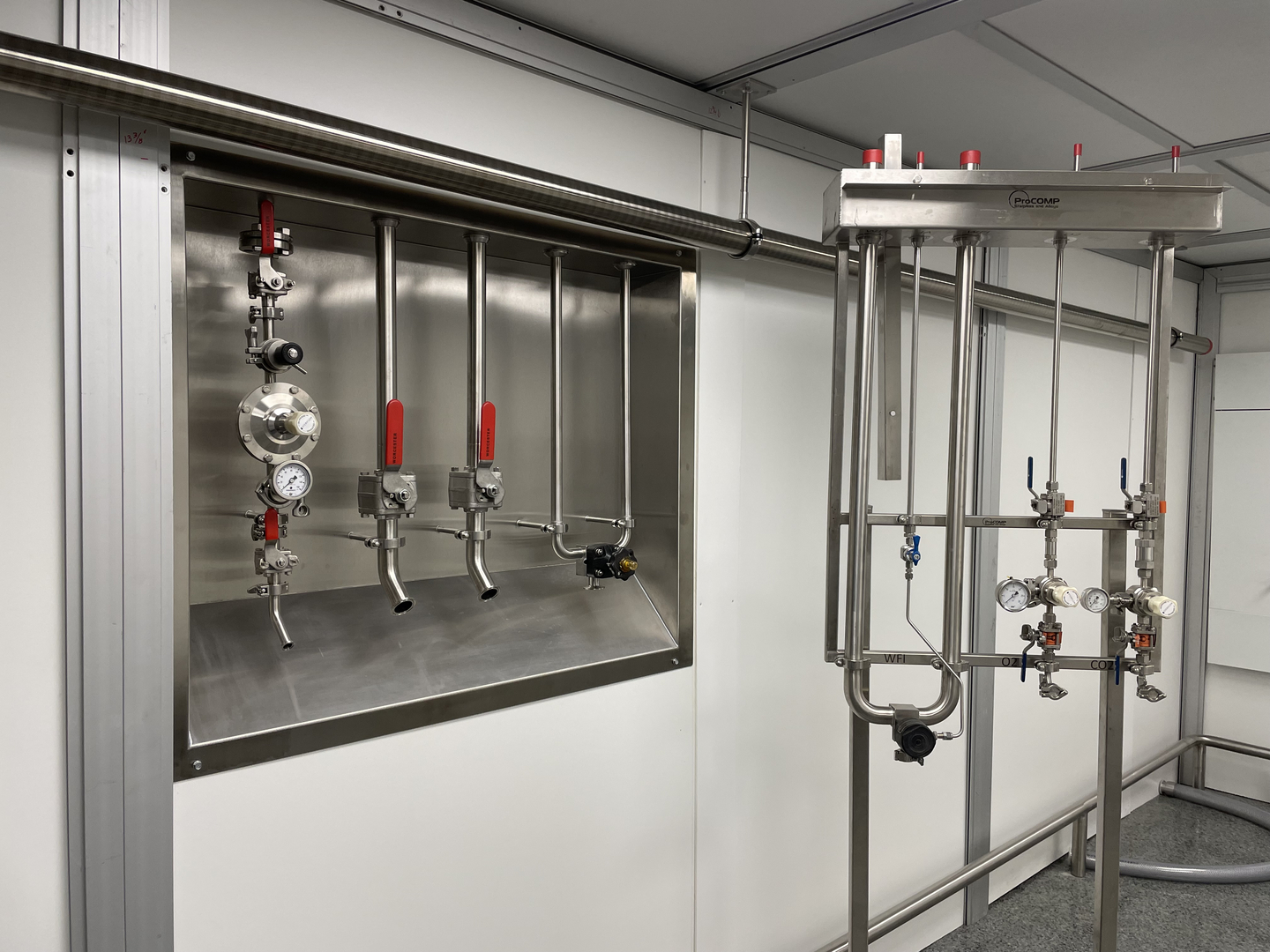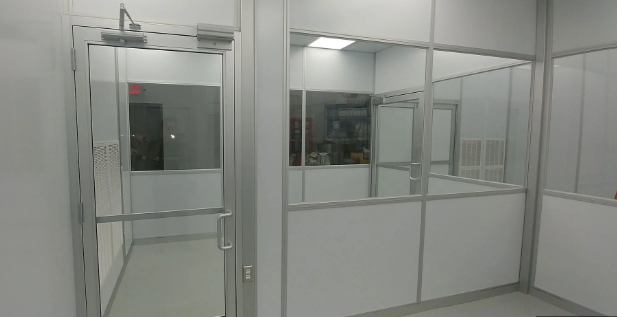Maintaining cleanroom window frames to prevent contamination buildup requires strict adherence to cleaning protocols that minimize the introduction of particulates, microbes, and other contaminants into the controlled environment. Here are the best cleaning protocols suited for cleanroom window frames:
Routine Cleaning Schedule
Daily or Weekly Cleaning: Depending on the cleanroom class and traffic, window frames should be cleaned at regular intervals (daily or weekly) to prevent dust and particle accumulation. High-traffic areas may require more frequent cleaning, while lower-traffic zones may be cleaned less often.
Inspection: Regular visual inspections should be performed to identify any visible contamination, including dust or debris trapped in the frames or seals.
Use of Approved Cleaning Agents
Non-Residue Cleaning Agents: Use only cleaning agents that are approved for cleanroom use, ensuring they leave no residue behind. Solvents such as isopropyl alcohol (IPA) or deionized water are typically safe for cleanroom environments.
Avoiding Harsh Chemicals: Harsh chemicals or abrasive cleaners should be avoided, as they can damage the window frame material or release harmful particles into the air.
pH-Neutral Detergents: Opt for pH-neutral cleaners to prevent any chemical reactions that could affect the material integrity of the frame or the surrounding environment.
Use of Lint-Free Wipes and Cleaning Tools
Lint-Free Cloths: Always use lint-free, sterile cloths or wipes (such as microfiber cloths) to clean the window frames. Lint-free materials ensure that no additional particulate is introduced during cleaning.
Disposable Tools: For best practices, use disposable cleaning tools, including wipes, gloves, and mop heads, to minimize contamination risks. If reusable tools are necessary, ensure they are thoroughly cleaned between uses.
Soft Brushes: For hard-to-reach areas, such as joints and seals, use soft-bristled brushes to gently remove debris without scratching the surface or pushing particles further into the frame.
Avoiding Abrasive Cleaning Techniques
No Abrasive Scrubbing: Abrasive cleaning methods, such as scouring pads or steel wool, should never be used on window frames, as they can scratch the surface and create places where particles can accumulate.
Use of Soft, Non-Abrasive Cloths: Soft cloths or wipes should be used to avoid scratching or damaging the frame surface, which could create areas for contamination to accumulate.
Cleaning Process for Window Frames
Top-to-Bottom Cleaning: Start cleaning from the top of the frame and move downwards to prevent dust and debris from settling on already cleaned areas.
Dry and Wet Cleaning: Use a two-step process involving a dry wipe (to remove loose particles) followed by a damp wipe (to remove oils or fingerprints). This helps ensure the frames are thoroughly cleaned without the spread of contaminants.
Frame Seals and Joints: Pay special attention to seals, gaskets, and joints, as these areas are prone to particle buildup. Use a soft brush or vacuum to remove debris from these areas.

Use of Airflow for Cleaning
HEPA/ULPA Vacuuming: A HEPA or ULPA vacuum can be used to remove larger particles from the frames, especially in corners or areas where manual cleaning is difficult. Ensure the vacuum is designed for cleanroom use and is cleaned regularly.
Air Guns: Clean, filtered compressed air (preferably from a dedicated cleanroom air supply) can be used to blow off dust and loose particles from the frames. Be cautious not to blow particles deeper into the frame seals or joints.
Sterilization (When Necessary)
UV Sterilization: In some high-risk cleanroom environments (e.g., pharmaceutical or medical device manufacturing), UV sterilization may be used to disinfect surfaces and frames, particularly if microbial contamination is a concern. Ensure that the window frame material is compatible with UV light.
Antimicrobial Wipes: For added protection against microbial growth, some cleanroom protocols may require the use of antimicrobial wipes to disinfect the window frame, especially around seals and joints where microbial growth may be more likely.
Contamination Control During Cleaning
Personal Protective Equipment (PPE): Cleaning personnel should wear appropriate PPE, including gloves, face masks, and cleanroom garments, to avoid introducing contaminants during the cleaning process.
Environmental Monitoring: During cleaning, it’s important to monitor the cleanroom environment (using particle counters or air samplers) to ensure that cleaning activities are not introducing additional contamination.
Post-Cleaning Inspection
Visual Inspection: After cleaning, perform a thorough inspection of the window frames to ensure they are free from residue, streaks, and visible contamination.
Swabbing: In more stringent environments, swabbing the frames with sterile wipes can help confirm that no particulate matter is left behind. The swabs can be sent for analysis if needed.
Special Considerations for Window Glass
Glass Cleaning: The glass panes should be cleaned with a non-abrasive, alcohol-based cleaner. Microfiber cloths are ideal for cleaning glass, as they do not leave streaks or residue.
Avoid Cleaning During High Activity: Avoid cleaning windows during periods of high activity or when contamination risks are higher. Cleaning windows during a period of low activity will minimize the risk of contamination from air movement.

 English
English русский
русский Español
Español





